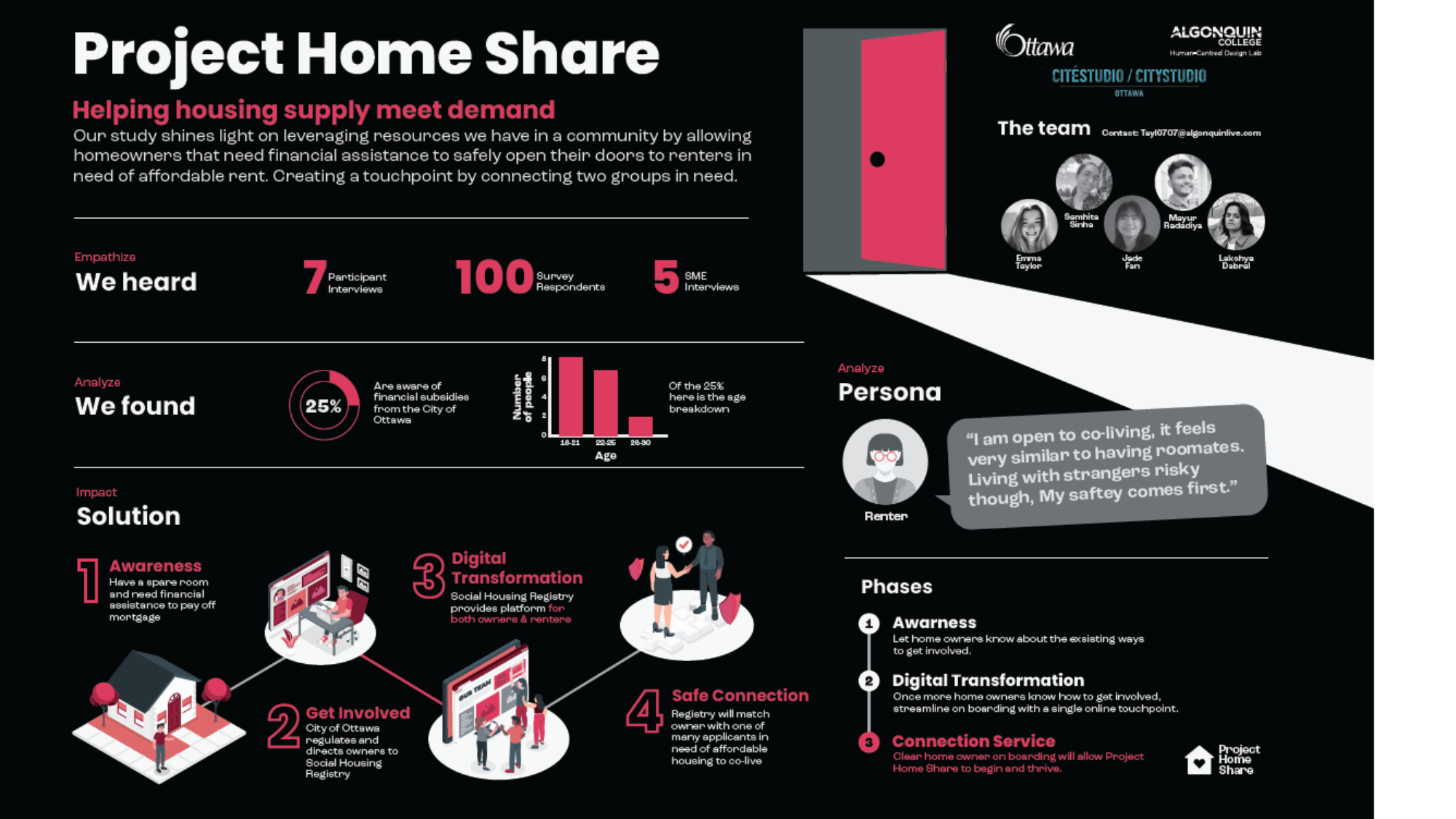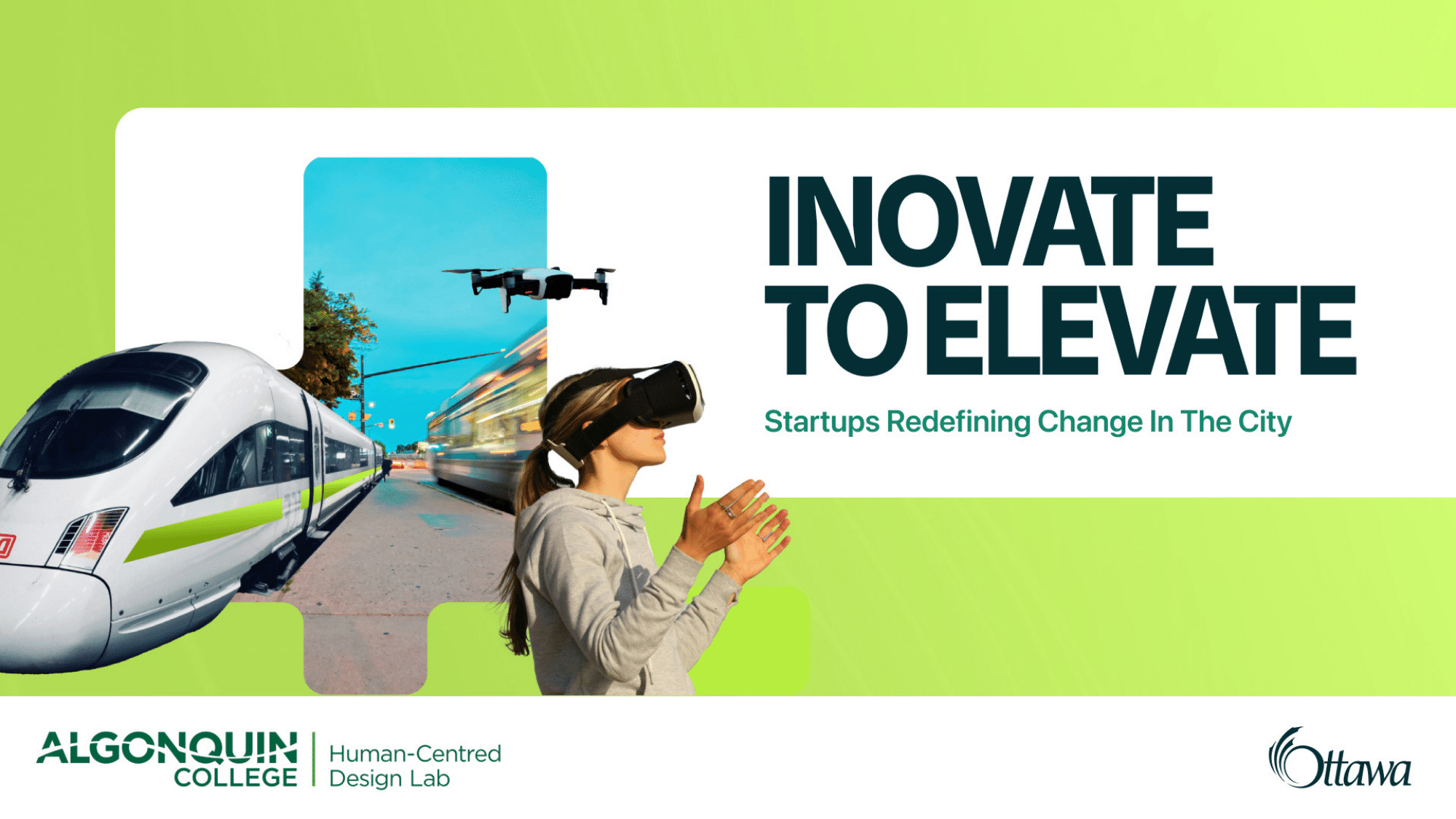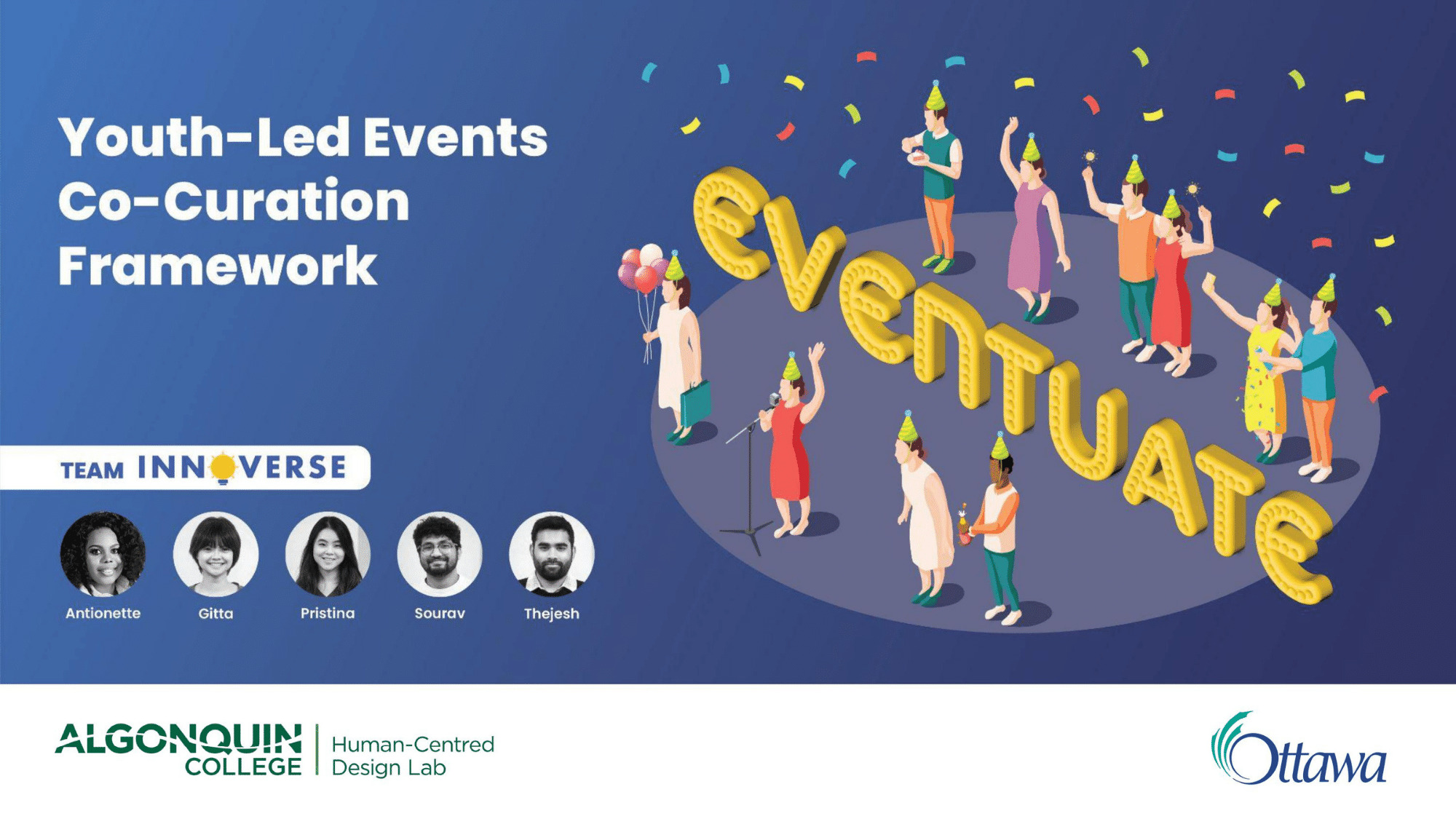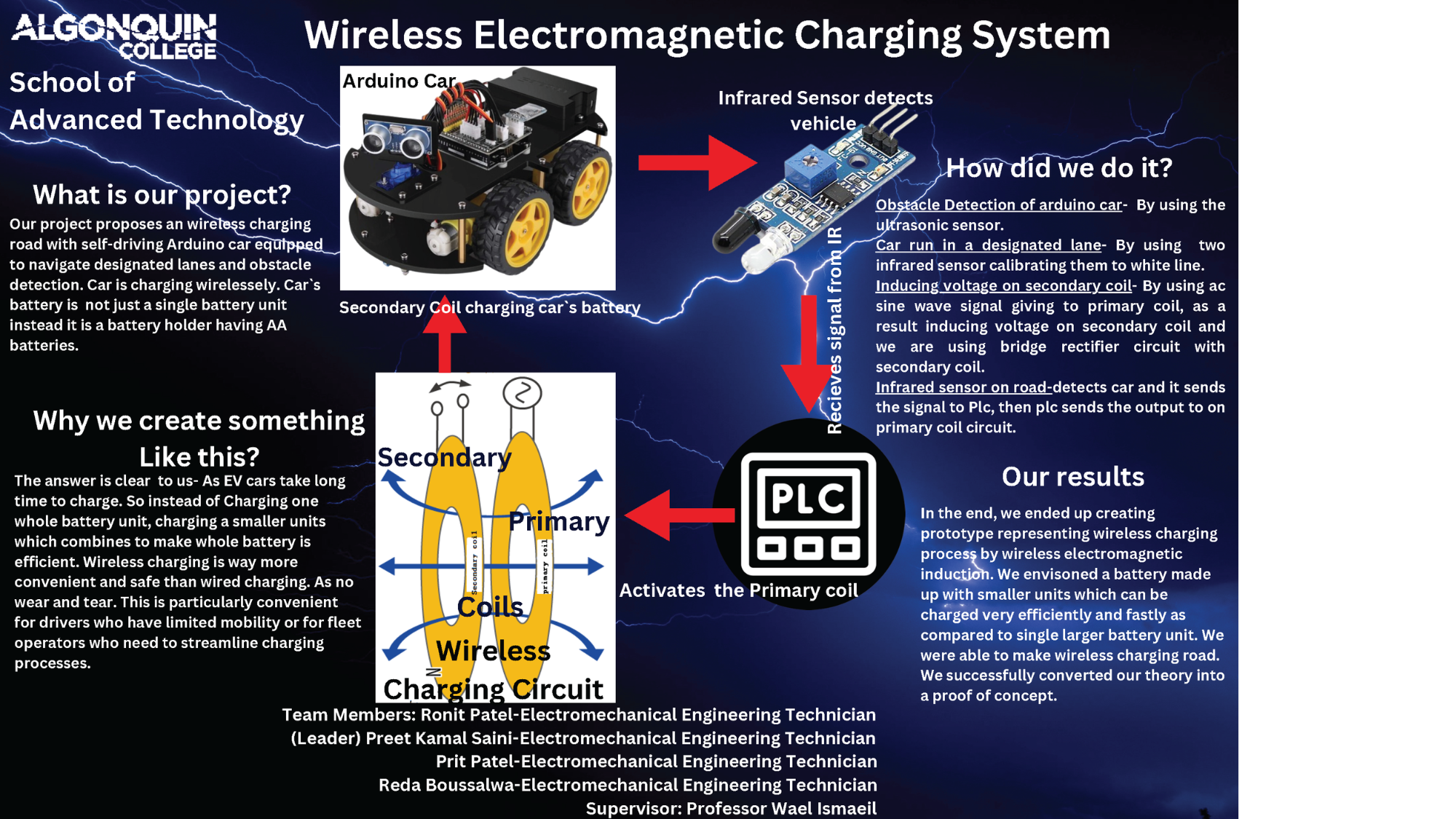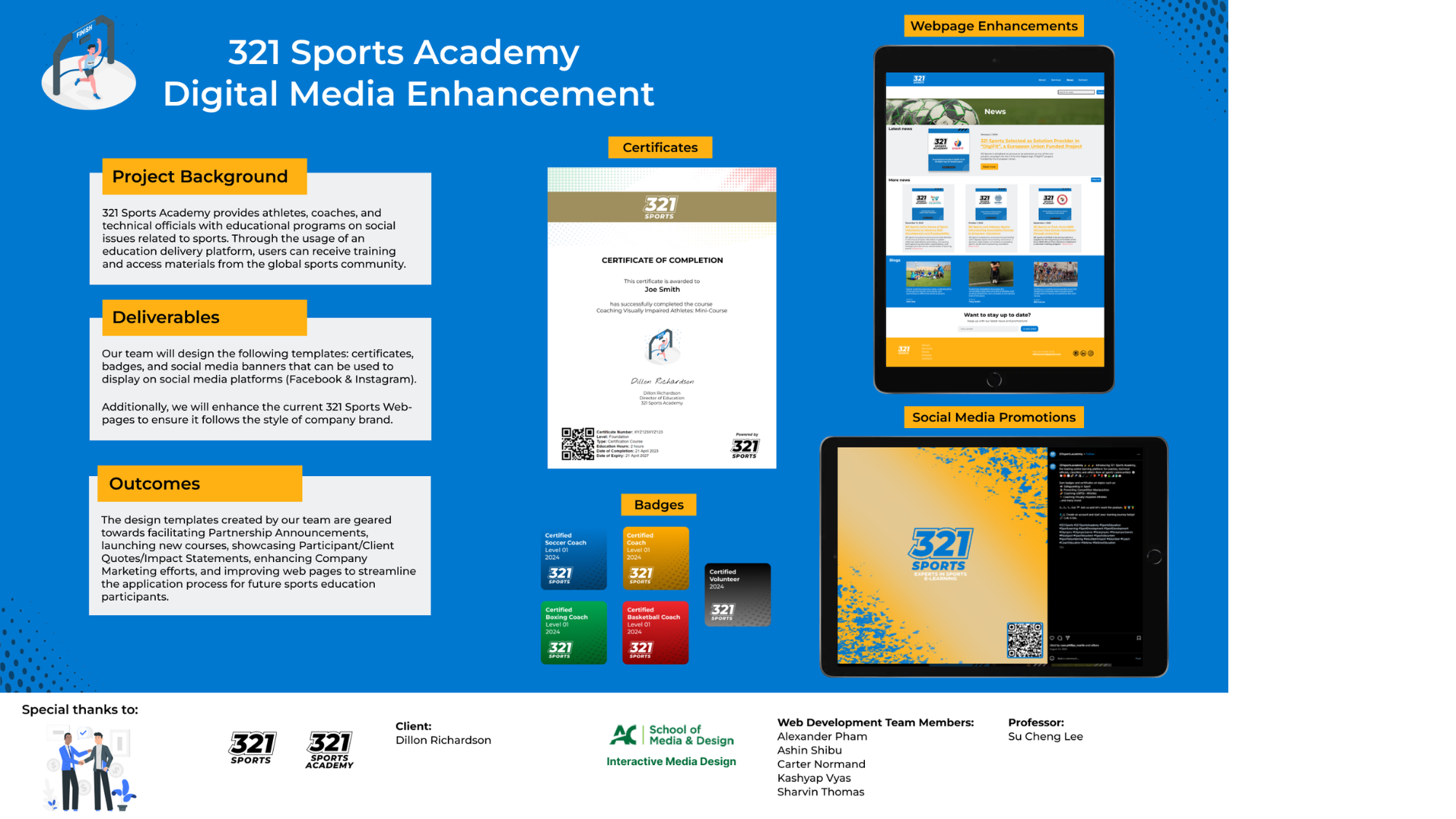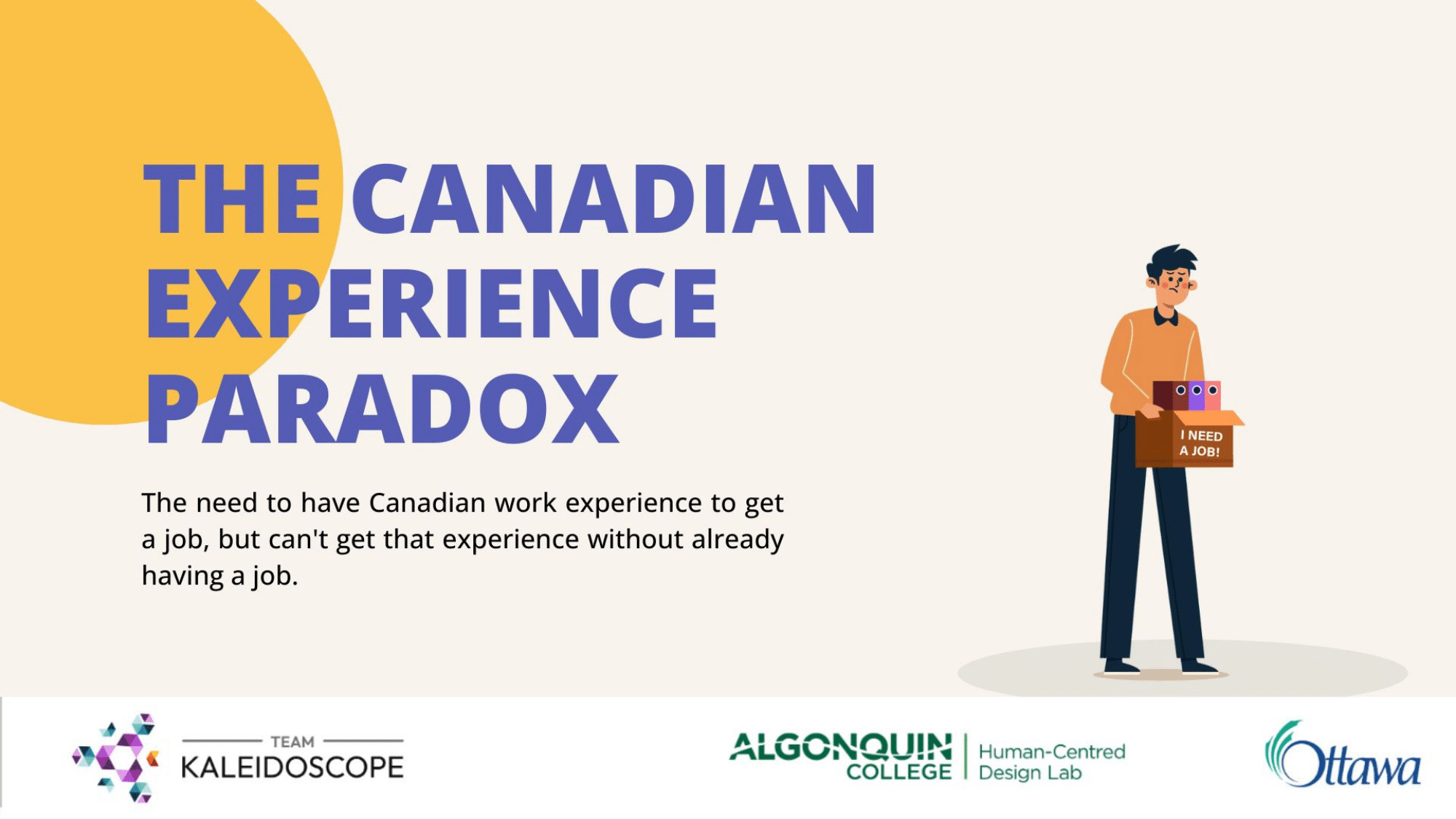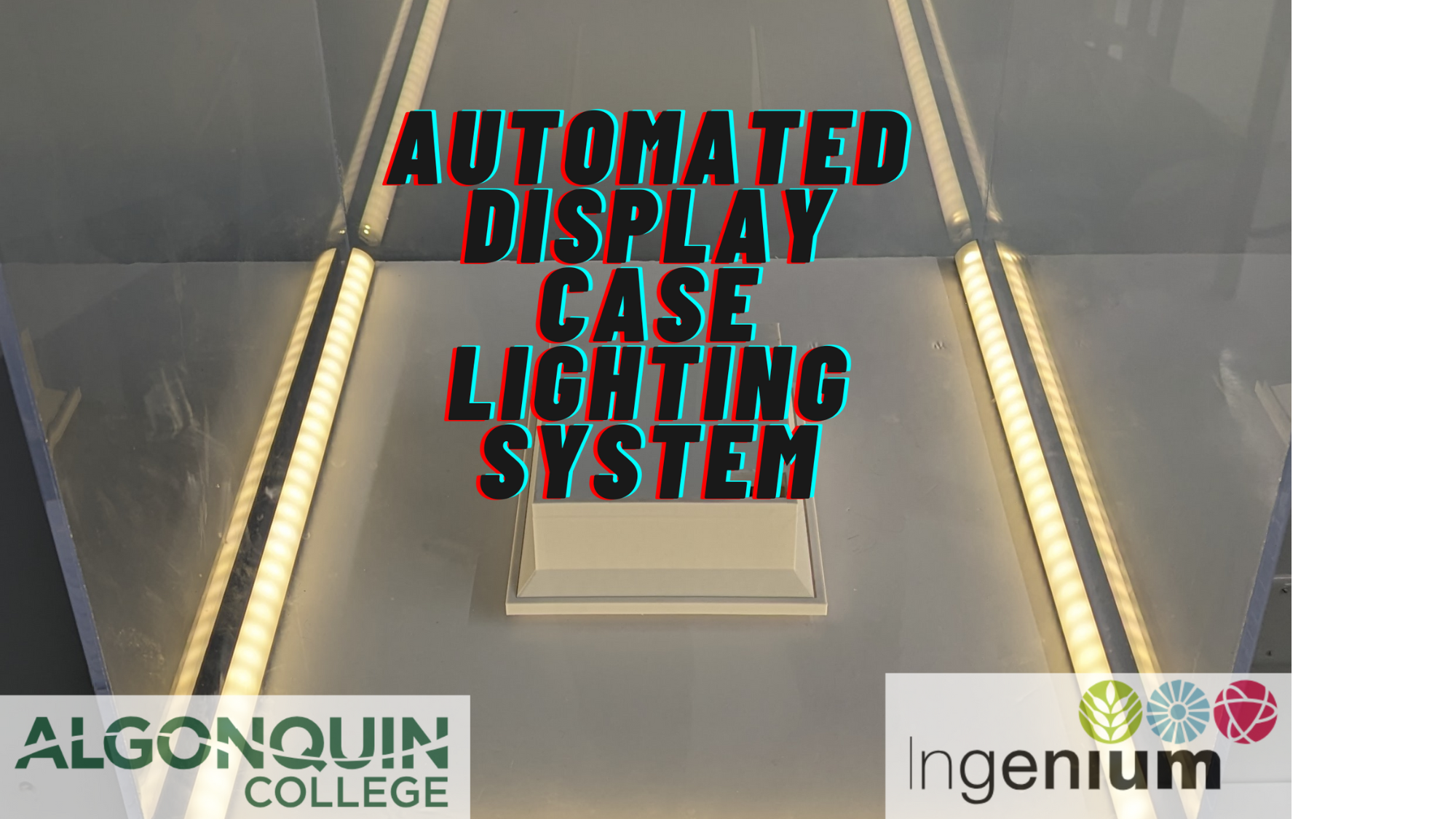The PM Club successfully orchestrated an engaging series of events that bridged the gap between theory and practice for Project Management students. We organized and executed a “Games Night,” 3 hour event, which attracted more than 75 students, with a creative blend of fun and learning, with a live performance creating a vibrant community among students. This event not only served as an icebreaker for new members but also as a platform for senior students to share insights and experiences, enhancing peer learning.
Further, we worked as a backbone to one of our main events which is a networking event titled “PM Connect,” which saw participation from PM professionals and alumni, providing students with valuable networking opportunities and insights into real-world project management challenges and solutions. The event facilitated meaningful connections, opening doors for co-op and job prospects.
Our commitment to learning and development was also evident through our interactive talks with PMP certified professors through our social media. These sessions, were led by PMP certified professionals and esteemed faculty, which covered a range of topics from agile methodologies to change management, equipping members with the latest trends and skills in the field.
Moreover, we doubled the club’s membership, within three months of taking on the PM Club with our strategic outreach to the PM students and engaging content on our social media platforms. This growth not only reflects the club’s rising popularity but also its impact on the student community. These initiatives not only elevated the club’s profile but also significantly contributed to the personal and professional growth of its members, establishing a legacy of excellence and innovation in project management education at our institution and established a strong foundation for future project managers.

